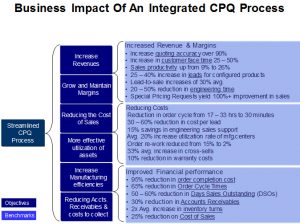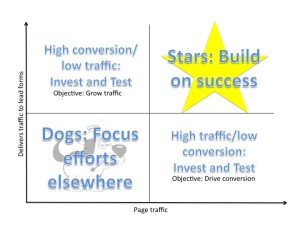— December 21, 2017

geralt / Pixabay
Recently, I wrote, “Behind Ever C Player, There’s A…….” One of my most astute readers made the comment, “If you rank on a curve, you have to have C players, who may also be great.”
Mike is absolutely right, kind of……
With his permission, I’m going to tweak his comment a little beyond what he intended, but I think it’s an important discussion and distinction.
Too often, we “grade on the curve.” We have a mentality around comparing performance of each person to the others on the team. There are some merits to this, however there are some flaws–which lead us to completely distorted perspectives and, potentially, to degrading overall organizational performance.
Our evaluation of performance really needs to be done against an “absolute.” By that I mean, it’s our responsibility as managers to define what outstanding performance looks like. It can never be reduced to a single criteria, for example making your goals. Instead, it has to be a rich set of criteria including outcomes, behaviors, attitudes, and other things. For example, a person who always makes quota, but does that by providing the maximum discount on every deal cannot be a top performer. Or a person who makes quota, but creates havoc within the organization, or does not collaborate with others in the company, is not likely to be a top performer. In fact, in the complex world of B2B selling, if they do those things, it is unlikely they can sustain quota performance.
It’s our job as leaders to define, for each role, what top performance means. We need to set the criteria, we need to make sure each of our people, for their role, understands what top performance is, and we have to do everything possible to help our people become top performers. Inevitably, it’s a combination of the right person in the right job, systems, processes, programs, training, tools, and most importantly, constant coaching.
The problem is that’s really tough work. We have to really dig in to understand “What does top performance mean? How do I recognize that? What to I have to do to enable top performance with each person on the team?” We have to do this for each role. We have to recognize there need to be different expectations for top performance. Top performance for a brand new, entry level sales person is different from what is expected of someone 5 years in the role.
It’s really heavy lifting! Unfortunately, too many of us don’t take the time to do this.
As a result, we take short cuts, we take the easy way out. We may define top performance by a single, trailing metric: Quota attainment.
Then we start comparing people in the organization, with each other. We may even stack rank them. We think, “Who’s the top performer?” Then we compare each person against the that person and then against each other. As a result, we create a distribution, then arbitrarily say, the top 20 or so percent are A’s, the middle 60 are B’s, the bottom 20 are C’s.
We compare our people to each other, not to a standard of top performance.
Is it any wonder, the average number of people achieving quotas has plummeted to around 55%? If we are looking at, and evaluating performance by comparing our sales people to each other, rather than a standard, overall performance will almost always decline.
We don’t drive consistency in performance, we don’t drive sustained top performance if we “grade on the curve.” We can only drive performance by defining the standards of top performance and coaching to that. We can only sustain it by constantly raising the bar, improving the standard and always learning.
Business & Finance Articles on Business 2 Community
(47)







